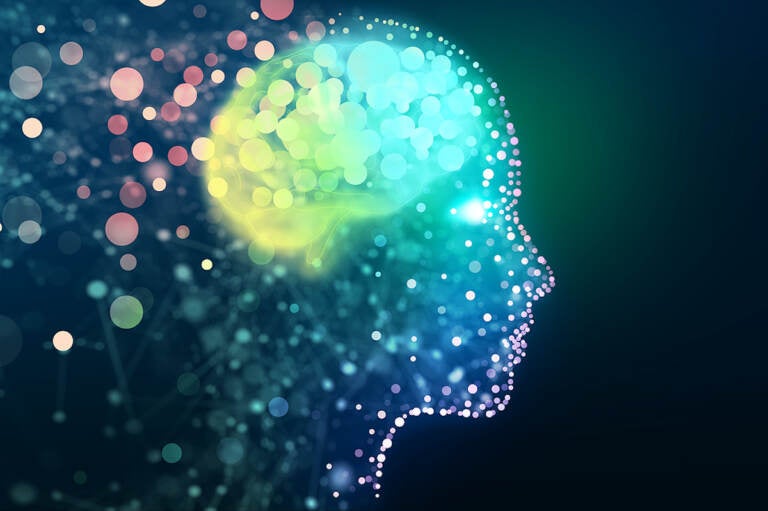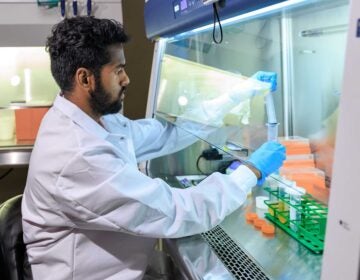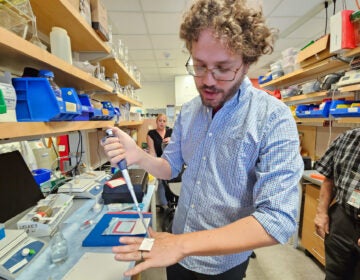How We Process Information
Listen 47:43
(Peach_BigStockPhoto/Big Stock)
The human brain has an incredible capacity for processing information, from sensory data, to casual conversations, to everything we hear and read — in fractions of seconds. Not only that, our brains make sense of it all, allowing us to learn, work, form relationships, and navigate the world. On this episode, we take a closer look at how this all works — and why it sometimes doesn’t. We hear stories about listening instead of reading — and test the limits of speed listening; we’ll find out why reading comprehension tests in schools may be misguided; and why some people who think they’re hard of hearing might actually have a different issue going on.
Also heard on this week’s episode:
- Jayatri Das, Chief Bioscientist at The Franklin Institute in Philadelphia, gives us the lowdown on how our brains process information, and the databases we all keep in our heads.
- Reporter Jad Sleiman talks to Michael Mena, a PhD candidate who found a hack for all his reading — and in the process, discovered a personal superpower: speed listening.
- Find the main idea, define words, spot the synonym — kids in U.S. elementary and middle schools spend a lot of time learning how to extract meaning from what they’re reading, and get tested on these skills frequently. Education journalist Natalie Wexler explains why she thinks comprehension tests in schools are not measuring “a skill or any skills at all” and what would make for better instruction. Wexler is the author of “The Knowledge Gap: The hidden cause of America’s broken education system — and how to fix it.”
Segments from this episode
WHYY is your source for fact-based, in-depth journalism and information. As a nonprofit organization, we rely on financial support from readers like you. Please give today.






